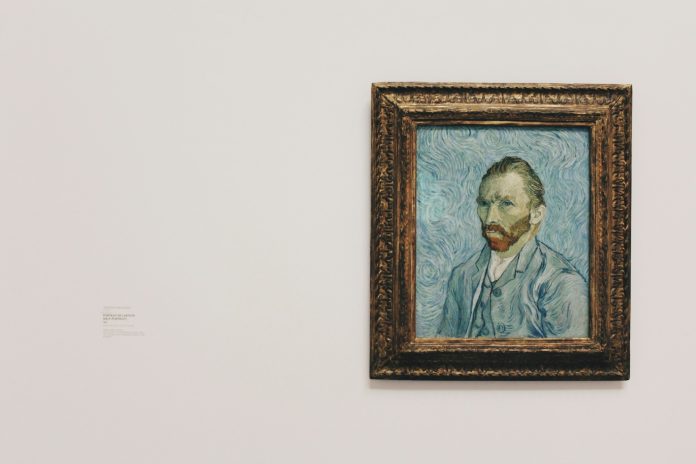Investing in art can be a fulfilling and potentially lucrative venture, but it requires a nuanced understanding of the art market and a strategic approach. This guide provides comprehensive insights into making informed decisions in art investment, tailored for both novice and experienced investors.
Understanding the Art Market
The art market is a complex and dynamic entity, influenced by various factors such as cultural trends, economic conditions, and the reputations of artists. It’s crucial to develop an understanding of how these elements interplay to affect the value and demand of artworks.
Historical Context and Market Trends
Art, like any investment, is subject to market trends. Historical context plays a significant role in determining an artwork’s value. Trends can shift based on cultural and economic changes, so staying informed about these dynamics is essential.
Setting Your Investment Goals
Before diving into art investment, clearly define your goals. Are you looking for long-term appreciation, or do you have a shorter investment horizon? Your objectives will guide your strategy, from the types of art you consider to the timeline for your investment.
Researching and Selecting Artworks
Research is paramount in art investment. This involves not only understanding an artwork’s historical and cultural significance but also its provenance and authenticity.
Understanding Provenance and Authenticity
Provenance, or the history of an artwork’s ownership, is critical in establishing its authenticity and value. Authenticity certificates and a well-documented history can significantly enhance an artwork’s worth.
Diversifying Your Portfolio
Diversification is as essential in art investment as it is in any other asset class. Consider diversifying across periods, styles, and artists to mitigate risk. Emerging artists can offer growth potential, while established names may provide stability.
Evaluating Artists and Artworks
When evaluating potential investments, consider the artist’s reputation, career trajectory, and the artwork’s uniqueness and condition. Historical significance and the potential for future appreciation are also key considerations.
Emerging vs Established Artists
Investing in emerging artists can be riskier but potentially more rewarding. Established artists offer more predictability in value but may require a higher initial investment.
Financial Considerations
The financial aspect of art investment is multifaceted. It’s not just about the purchase price; you should also consider insurance, storage, maintenance, and potential restoration costs.
Budgeting and Financing
Set a budget that aligns with your investment goals and overall financial plan. Some investors may also explore financing options or art investment funds as alternatives to direct purchases.
Understanding Taxes and Fees
Be aware of the tax implications and fees associated with buying and selling art. This includes the importance to carefully calculate sales tax, capital gains tax, and auction house or gallery commissions with the help of tools from Omni Calculator.
The Role of Art Advisors and Galleries
For those new to the art market, partnering with art advisors or galleries can be invaluable. They can offer expert guidance, access to artworks, and insights into market trends and artist prospects.
Building Relationships in the Art World
Networking and building relationships with galleries, artists, and other collectors can provide access to better deals and insider knowledge. Attending art fairs, auctions, and exhibitions are excellent ways to immerse yourself in the art community.
The Importance of Due Diligence
Conduct thorough due diligence before any purchase. This includes verifying the artwork’s authenticity, condition reports, and legal aspects like ownership rights and potential disputes.
Long-term Strategy and Exit Plan
Have a long-term strategy in place, considering how and when you might sell the artwork. The art market can be less liquid than other investments, so having an exit plan is crucial.
Monitoring the Market
Regularly monitor the art market and adjust your strategy as needed. Keep abreast of changes in trends, artist reputations, and economic factors that can impact the value of your portfolio.
Make Informed Art Investment Decisions Today!
Art investment offers a unique blend of aesthetic pleasure and financial opportunity. Success in this arena requires a careful balance of passion for art with practical investment principles.
By thoroughly researching, setting clear goals, and seeking professional advice when necessary, you can make informed decisions that not only enrich your personal collection but also contribute positively to your overall investment portfolio.
Remember, art investment is as much about the journey of discovery and learning as it is about financial gain.



 Bitcoin
Bitcoin  Ethereum
Ethereum  Tether
Tether  XRP
XRP  Solana
Solana  USDC
USDC  TRON
TRON  Cardano
Cardano  Lido Staked Ether
Lido Staked Ether  Avalanche
Avalanche  Toncoin
Toncoin